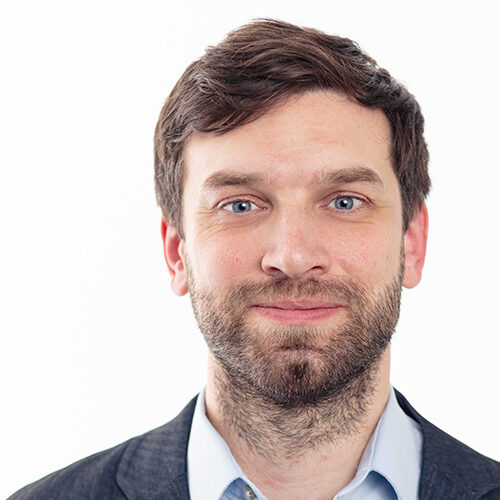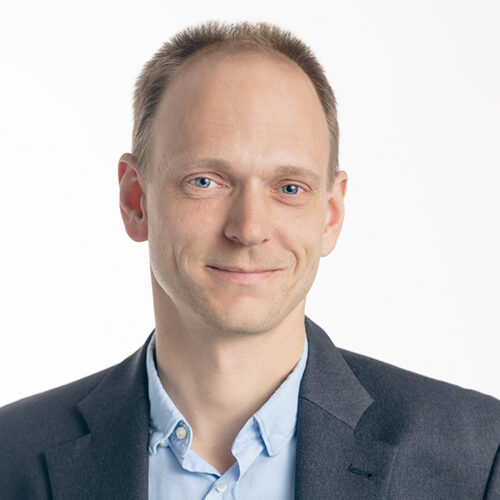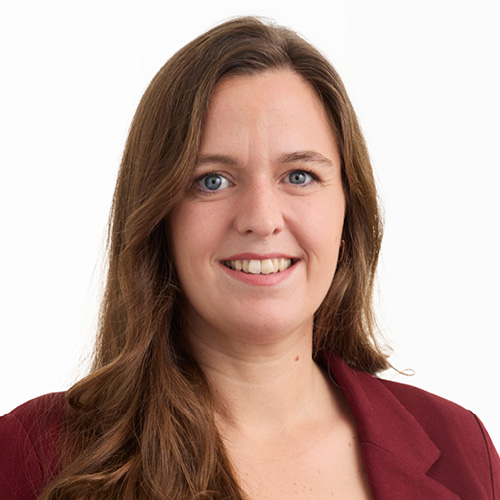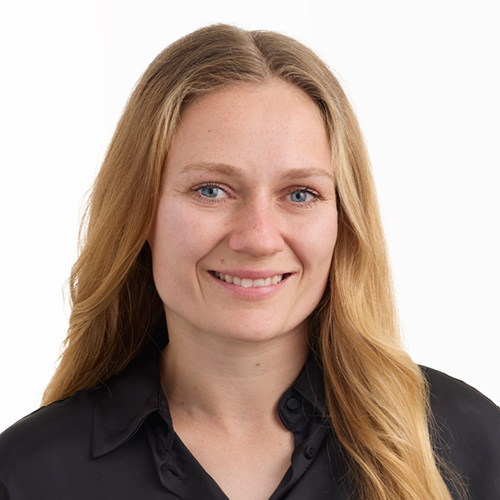Doctorate Thermal Energy Systems | M.Sc. Sustainable Energy
Senior Consultant
Large heat pumps | Heat concepts
Focus
- Large heat pumps
- Heat sources and sinks
- Thermodynamic simulations
- Energy system modelling and economic analysis
- Development of sustainable heating systems
- Transformation and feasibility studies
Dr Henrik Pieper is a specialist in large heat pumps. The senior consultant and project manager at Hamburg Institut specialises in sustainable heating concepts for the integration of renewable energies, particularly through the use of natural heat sources. In recent years, he has been involved in the planning of Germany’s first seawater heat pump in a large heating network in Neustadt in Holstein. Henrik Pieper models large heat pumps in thermodynamic models for technical feasibility and economic feasibility studies, optionally with different refrigerants and circuits. The engineer also focuses on submitting applications and carrying out transformation plans and feasibility studies in accordance with the federal funding for efficient heating networks (BEW) Module I. Henrik Pieper also organises the ‘Innovative and Green District Heating Northern Germany’ (IGFN) network. This connects supply companies from northern Germany with the aim of exchanging ideas and experiences on the climate-neutral design of district heating networks and promoting solutions.
Professional experience & qualification
Before joining Hamburg Institut in 2022, Dr Henrik Pieper gained several years of international experience during his doctorate in Denmark and as a postdoc in Estonia. During his doctorate, Henrik Pieper developed a simulation model to optimally select different low-temperature heat sources and capacities of large heat pumps according to economic and ecological aspects for district heating and cooling networks.
In Estonia, Henrik Pieper worked as a postdoc, among other things, on investigating the potential of large-scale heat pumps in the Baltic States. For this, he created a GIS map of existing district heating regions, industrial sites and natural heat sources and conducted a spatial analysis to identify the potential heat sources close to the district heating regions.



